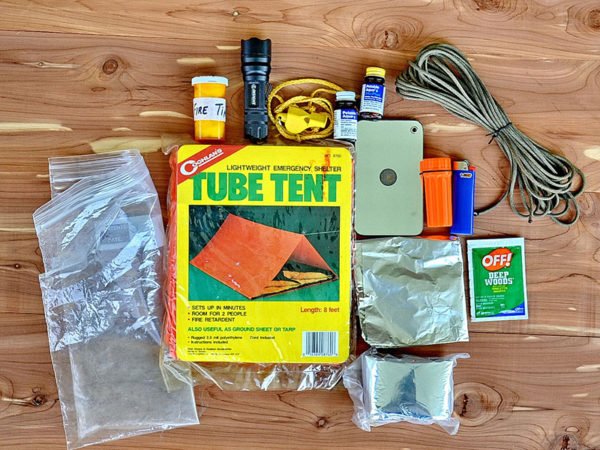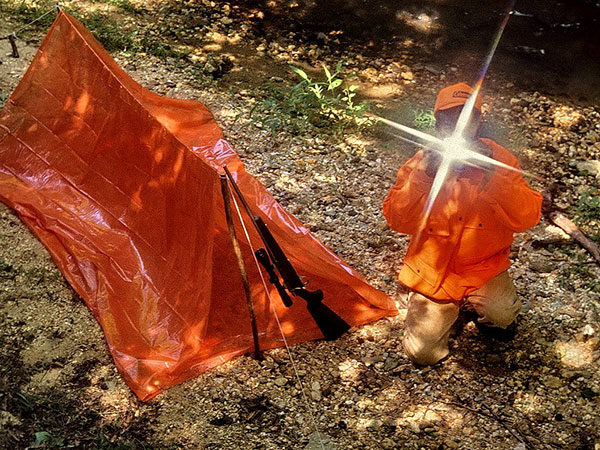Base camp looked as inviting as a five star resort. We were fishing the headwaters of a Blue Ridge Mountains creek and each day we left the comfort of the tent camp to fight the tangles of brush to fish a little known rushing creek that offered fishing adventures few in today’s world know. At the end of each day of fishing we returned to our camp which consisted of a large baker-style tent located in a post card setting on a high hill overlooking the creek. The big white tent offered roomy sleeping comfort for two with room for gear storage. The front awning served as a protected area for cooking and simply lounging. Our campfire, the heart of the camp, was located just in front of the awning and it was there many fish were cooked; stories were told and on cool evenings a reflector fire was built to keep the interior of the tent warm. The camp would not have been the same with any other style tent; the almost forgotten baker tent was perfect for this trip, as it has been for countless other backcountry adventures.
The Name
If you want to start a heated campfire debate with a group of seasoned backcountry adventurers then offer an opinion as to when the first baker tent was used or where it got its name. I have seen shouting matches among friends that went on into the night when these subjects were debated.
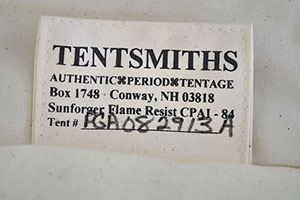 Baker Tentsmiths[/caption]First about the name and how it came about. According to my research, the name “baker tent” was most likely given to the tent sometime back in the 1800’s. Many logging and survey camps back in those early days used the “Yankee baker oven”, reflector oven as it is called today, to cook meals for hungry work crews and since the tents they used had the same profile soon the tents were called “baker tents”. The name stuck and today most still call this style tent the baker tent.
Baker Tentsmiths[/caption]First about the name and how it came about. According to my research, the name “baker tent” was most likely given to the tent sometime back in the 1800’s. Many logging and survey camps back in those early days used the “Yankee baker oven”, reflector oven as it is called today, to cook meals for hungry work crews and since the tents they used had the same profile soon the tents were called “baker tents”. The name stuck and today most still call this style tent the baker tent.
Not everyone agrees with this as there are writings that state that the name “baker tent” came from World War I, where cooks and bakers used a large lean-to style tent to prepare meals for the troops. It is said that the troops came to call the tents “baker tents” as it was where much of the baking was done. I could not find any verification of that.
However even today the modified lean-to style tent is not called baker tent by everyone. Some campers refer to it as the “campfire tent” because it is ideal for building a fire at its front to reflect warmth into the tents interior. The same fire can be a pleasure to sit by after a full day afield and the same fire is convenient for cooking. The late, well known, wilderness canoe adventurer and writer Bill Mason used and wrote about the tent in his excellent book Song of the Paddle calling it the “campfire tent”. Because of that the tent still has a following that calls it the “campfire tent”. Since Mason made some modifications to the basic baker tent design you can find some references to the tent as the “Mason tent”.

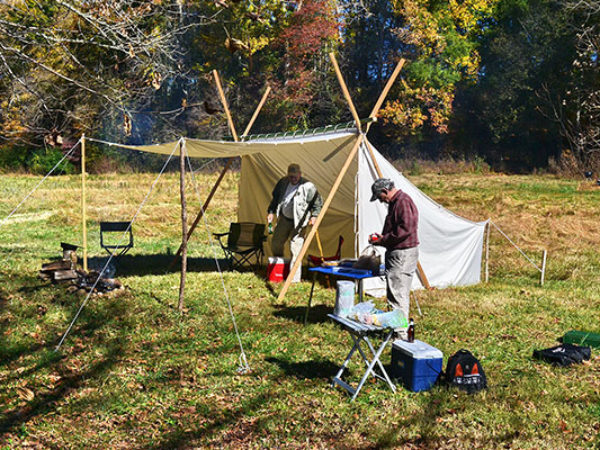
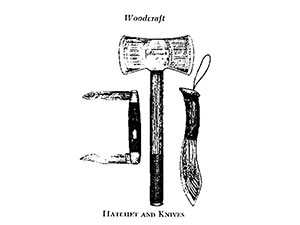 George Washington Sears, aka Nessmuck 1821- 1890. Nessmuck best known as being America’s first outdoor writer. He wrote for Forest & Stream magazine and was the author of the book Woodcraft & Camping which is still in print today. He is famous for his “trinity of cutting tools” which consisted of a small double-bit hatchet, a belt knife which he designed and a moose-style pocket knife with spey and clip blades.
George Washington Sears, aka Nessmuck 1821- 1890. Nessmuck best known as being America’s first outdoor writer. He wrote for Forest & Stream magazine and was the author of the book Woodcraft & Camping which is still in print today. He is famous for his “trinity of cutting tools” which consisted of a small double-bit hatchet, a belt knife which he designed and a moose-style pocket knife with spey and clip blades.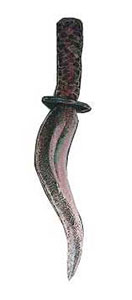 Ben Lilly 1856 – 1936. Lilly was a woods wanderer from an early age. He became best known as a hunter of large predators in the southwestern US and northern Mexico. His favorite knife was a large S-shaped double edge bowie knife he made for “sticking big cats and bears.” His camp knife was a more traditional Green River style blade with an antler handle.
Ben Lilly 1856 – 1936. Lilly was a woods wanderer from an early age. He became best known as a hunter of large predators in the southwestern US and northern Mexico. His favorite knife was a large S-shaped double edge bowie knife he made for “sticking big cats and bears.” His camp knife was a more traditional Green River style blade with an antler handle.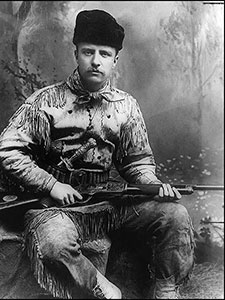 Teddy Roosevelt 1858 – 1919. Roosevelt is best known as the hero of San Juan Hill and the 26th President of the U.S. However Roosevelt was a seasoned outdoorsman and wrote several books on hunting and the outdoor life. During his cowboy days in the Dakota Territory and his early big game hunts his knife choice was a large silver inlayed Bowie knife made by Tiffany & Co. in 1884. In 1907 it seems he switched to a Marble’s knife designed by Roosevelt’s friend and fellow big game hunter Dall DeWeese.
Teddy Roosevelt 1858 – 1919. Roosevelt is best known as the hero of San Juan Hill and the 26th President of the U.S. However Roosevelt was a seasoned outdoorsman and wrote several books on hunting and the outdoor life. During his cowboy days in the Dakota Territory and his early big game hunts his knife choice was a large silver inlayed Bowie knife made by Tiffany & Co. in 1884. In 1907 it seems he switched to a Marble’s knife designed by Roosevelt’s friend and fellow big game hunter Dall DeWeese.